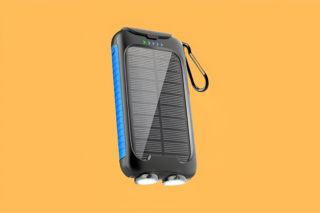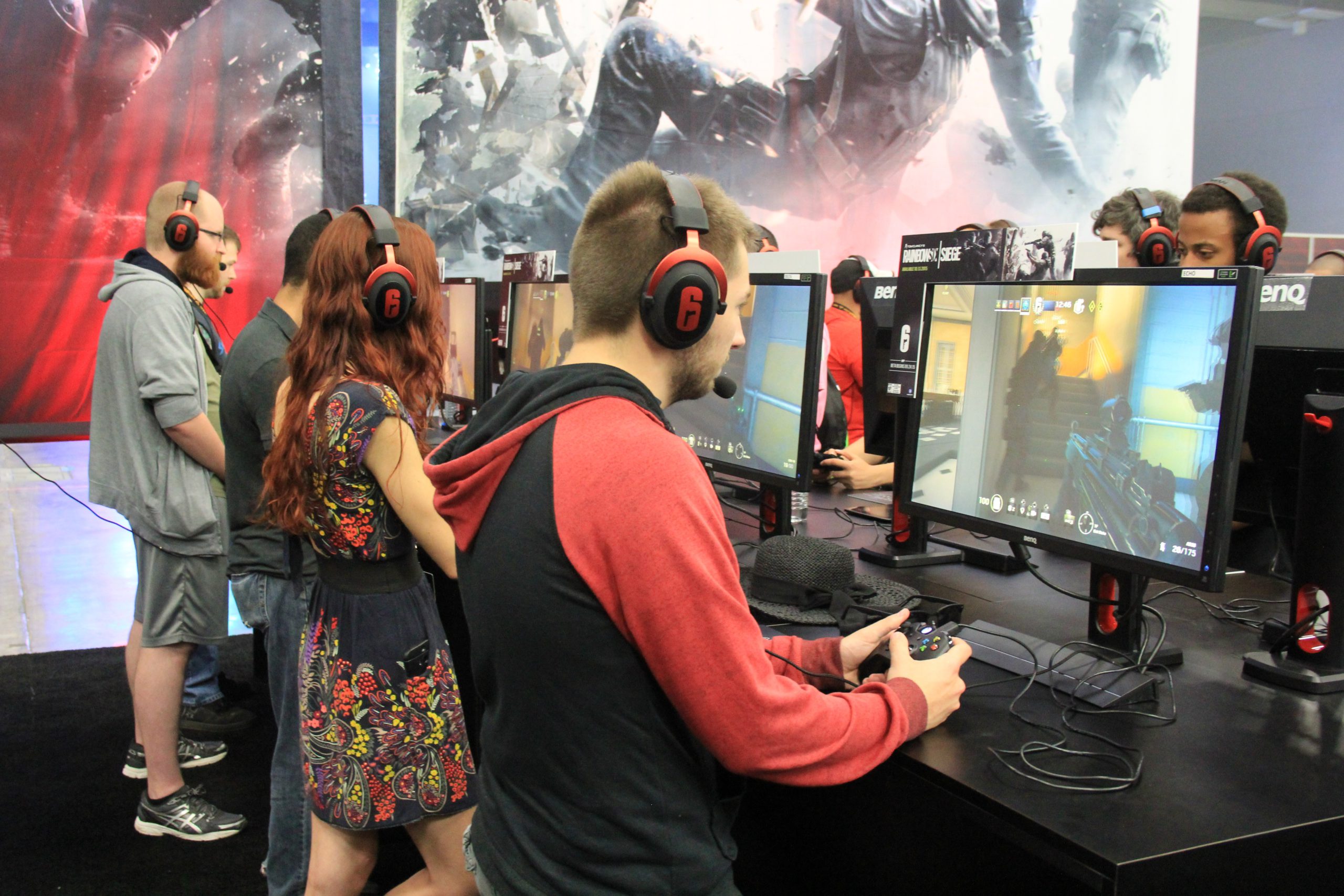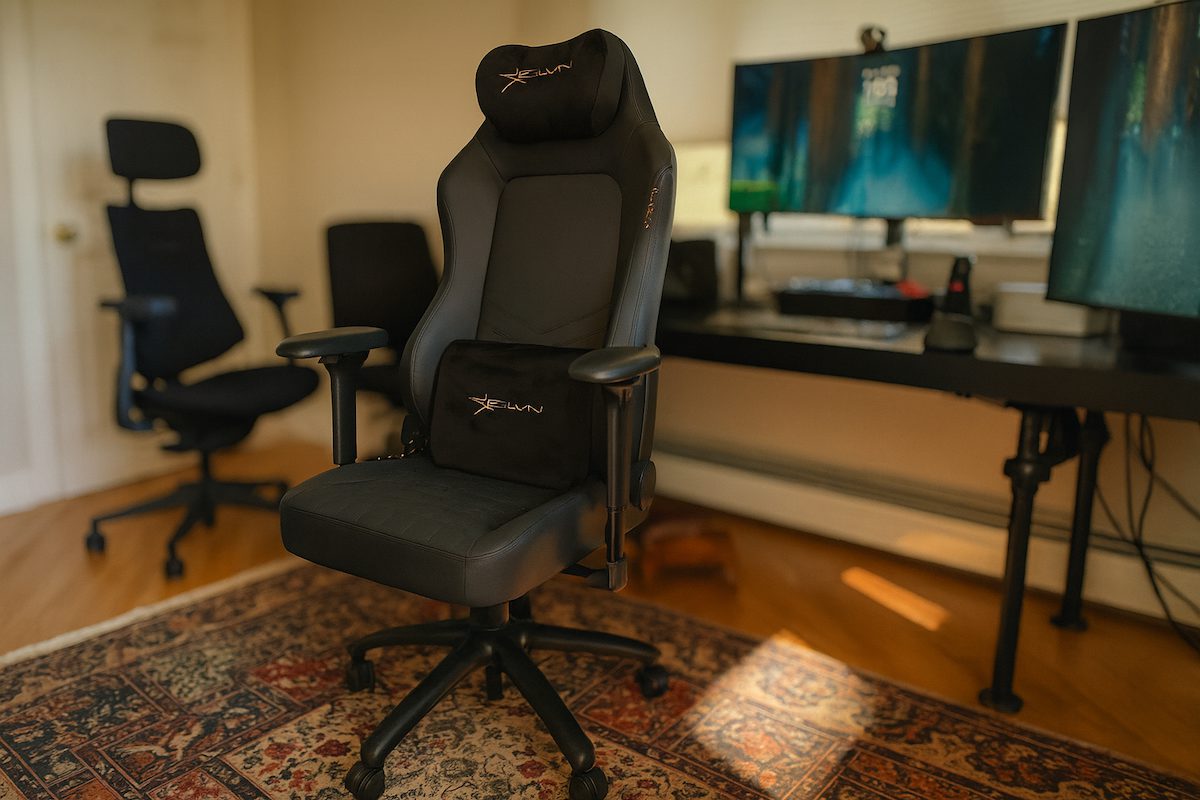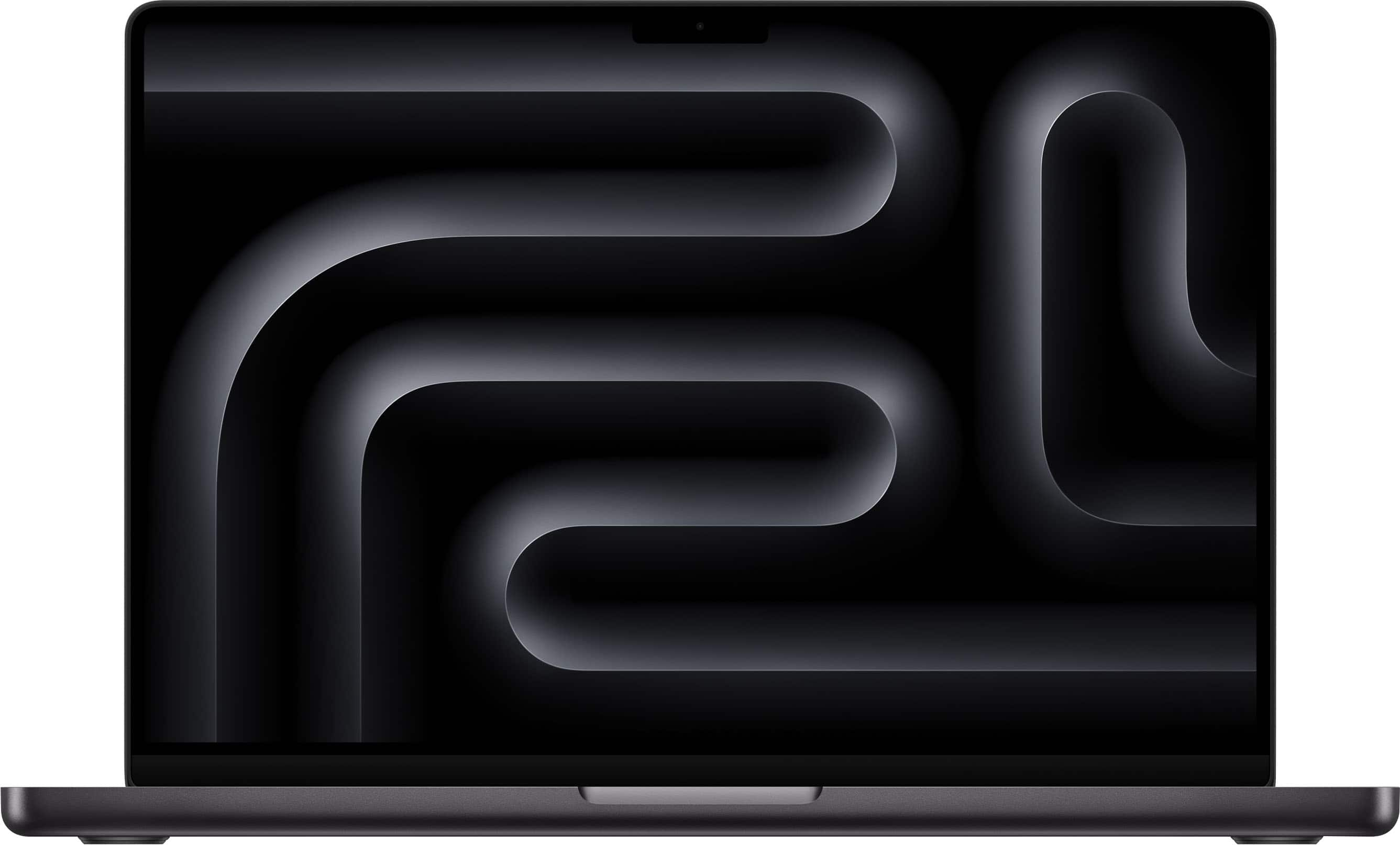Remember that moment when PlayStation 5 owners became concerned their consoles might be compromised? The “vertical PS5 discussions” of 2023 rippled through gaming communities as reports emerged suggesting the console’s liquid metal thermal interface might migrate when positioned vertically, though later clarifications indicated this primarily affected previously opened or mishandled units.
Sony never officially acknowledged widespread issues. But the newly unveiled PS5 Pro features engineering changes that speak volumes about the company’s attention to user concerns, regardless of how common those issues may have been.
Engineering Solutions for Liquid Metal Stability
The redesigned cooling system features what PS5 Pro Mechanical Design Lead Shinya Tsuchida specifically calls “fine grooves” in the application surface. “We spent quite some time researching insulation when we were designing the original PS5,” Tsuchida explained on the PlayStation Blog. “The basic structure remains the same in the PS5 Pro, but we made some improvements by adding fine grooves where the liquid metal is applied, so that the cooling effect is more stable.”
These microscopic channels serve as containment systems for the liquid metal, potentially preventing migration regardless of orientation. Think of it as the difference between trying to balance water on a flat table versus containing it in a properly designed dish—physics always wins eventually.
Comprehensive Thermal Redesign
The enhanced cooling system doesn’t just address potential liquid metal concerns but represents a comprehensive rethinking of how heat moves through the console. Additional heat pipes create pathways for thermal energy, similar to how highways redirect traffic away from congested areas, allowing the system’s primary components to maintain optimal operating temperatures.
The concerns about console orientation resemble other situations where users discovered unexpected limitations in electronics design, followed by companies implementing engineering solutions in subsequent models. However, Sony’s approach has been more measured this time, especially with the rumors surrounding the PS5 Pro. The company aims to enhance the design without causing unnecessary alarm regarding the earlier models.
Next-Generation Features Beyond Cooling
Beyond liquid metal improvements, the PS5 Pro introduces Wi-Fi 7 capability that transforms large game downloads from lengthy waiting periods to much faster installations. The redesigned fan aims to optimize airflow patterns through the console, though independent testing shows mixed results on noise levels compared to previous models.
These enhancements support the PS5 Pro’s upgraded hardware, which powers Sony’s new AI upscaling technology, PSSR (PlayStation Spectral Super Resolution). This system renders games at lower resolutions while upscaling to 4K output that aims to maintain visual fidelity while reducing processing demands.
For PlayStation owners who’ve been cautious about console orientation, the PS5 Pro’s engineering improvements suggest a design that’s more forgiving about positioning. The revised approach with grooved heatsinks appears specifically intended to address the potential for liquid metal migration, providing greater flexibility for setup options.
Industry Strategy and Availability
While Microsoft focuses on its ecosystem play with Game Pass and cloud gaming, Sony continues refining its hardware fundamentals, suggesting these companies are pursuing different strategies. For PlayStation loyalists, the PS5 Pro delivers both performance upgrades and potentially improved reliability.
The PlayStation 5 Pro is available now at major retailers, and while long-term testing continues, the engineering improvements suggest Sony has addressed one of gaming’s more curious hardware discussions through thoughtful design evolution rather than dramatic acknowledgment.





























